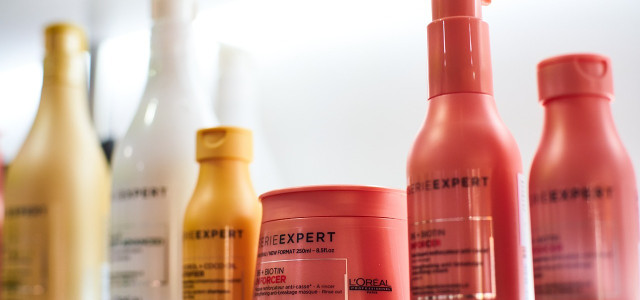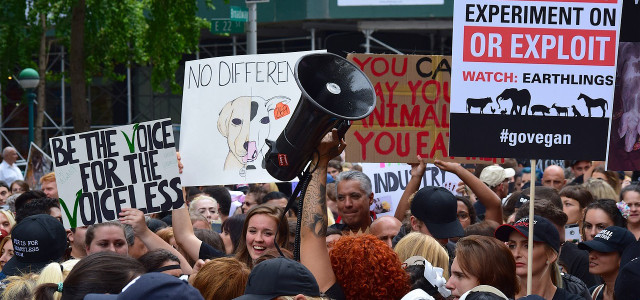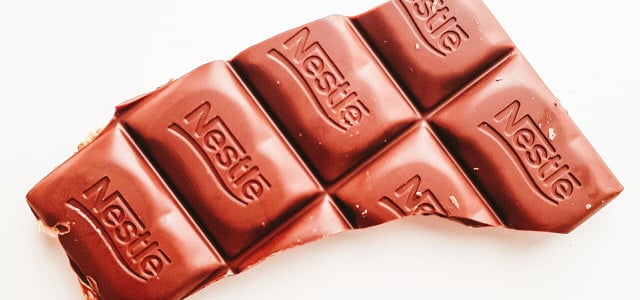In recent years, the French cosmetics company Garnier has courted controversy. Join us as we shine a spotlight on this firm and finally answer, “Is Garnier cruelty-free?’’
To truly answer the question “Is Garnier cruelty-free?” we must first agree on what “cruelty-free” and “eco-friendly” mean, as well as what constitutes “greenwashing.” Large corporations frequently exploit the ambiguity around green and vegan products to seem more environmentally conscious than they really are, so these definitions merit a closer look.
- Cruelty-free: Products designated as “cruelty-free” have not undergone any form of testing on animals. Products and ingredients are not tested on animals by the brand or manufacturer, and the brand or manufacturer does no such testing in any nation where the products are marketed.
- Eco-friendly: Products that are made or used in a way that does the least possible harm to the environment. This can mean organic or sustainable ingredients, compostable or recyclable packaging, and energy-efficient production methods. Water conservation, renewable power, and lower carbon footprints are all examples of eco-friendly beauty industry practices.
- Greenwashing: Companies can engage in greenwashing, which is the practice of using misleading advertising to make their products or services seem more sustainable than they actually are. This is used to appeal to consumers who feel passionately about sustainability.
Is Garnier Cruelty-Free? Animal Testing Concerns
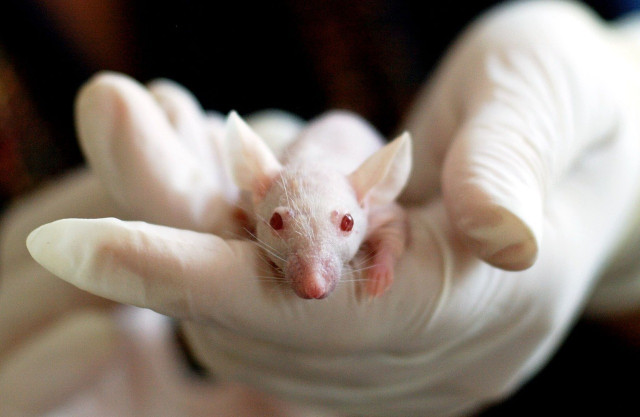
Garnier claims to be cruelty-free, yet the truth is somewhat murky. The reality is that Garnier is owned by a firm that has been linked to animal testing, which has some animal rights groups alarmed.
Since Garnier is a division of L’Oréal, which does business in places where animal testing is mandated by law, this has concerned some animal rights activists. Several nations, including China, mandate that cosmetics be tested on animals first.
Some animal rights groups are concerned with the fact that L’Oréal offers their goods in China and other markets, which calls into doubt the brands’ claims of being cruelty-free. Although, recent developments suggest that Garnier isn’t widely sold in China.
In North America, there are presently no federal blanket bans on animal testing in Canada or the United States. However, several US states have outlawed it. Garnier insists all of its products sold in the US are cruelty-free.
Thankfully, Garnier’s approach to the European market is less complicated. Garnier does not test EU-sold products on animals to comply with the 2013 EU cosmetics testing ban.
Garnier and the Environment
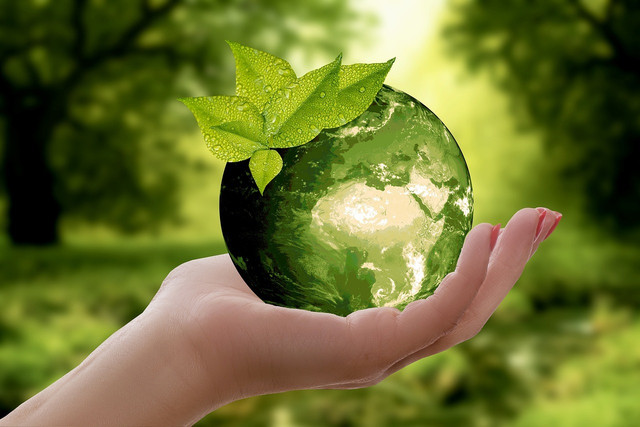


As a brand, Garnier styles itself as eco-friendly and seems to be taking steps to lessen its impact on the environment. These self-proclaimed steps toward sustainability focus on the following areas:
- Packaging: Garnier has vowed to switch its packaging entirely from single-use plastics to renewable and biodegradable plant-based materials by 2025. They have also taken steps to use recycled plastic in their packaging. However, critics have maintained that even if plant-based packaging is used, it may still have a negative impact on the environment if they are not sustainably handled.
- Ingredients: Garnier has developed a number of organic and vegan goods and promises to employ natural and sustainably derived components in all of its products. Yet, skeptics claim that L’Oreal products still include environmentally hazardous materials, including microplastics, toxic chemicals and synthetic perfumes.
- Conserving water: Garnier has initiated a number of programs to conserve water, including decreasing water consumption at its manufacturing facilities and urging consumers to do the same while using its products. Yet, all cosmetic companies should address the pollution caused by the types of items it creates, as all shampoos and detergents cause chemical waste that can enter water supplies.
- Carbon footprint: To reduce its carbon footprint, Garnier has pledged to achieve a 50% reduction by the year 2030. The company has implemented a number of programs to reduce the environmental impact of its production and distribution processes in order to meet this objective. While these initiatives are encouraging, Garnier still has a responsibility to fully mitigate all greenhouse gas emissions associated with making and disposing of its products.
Is Garnier Telling the Truth?
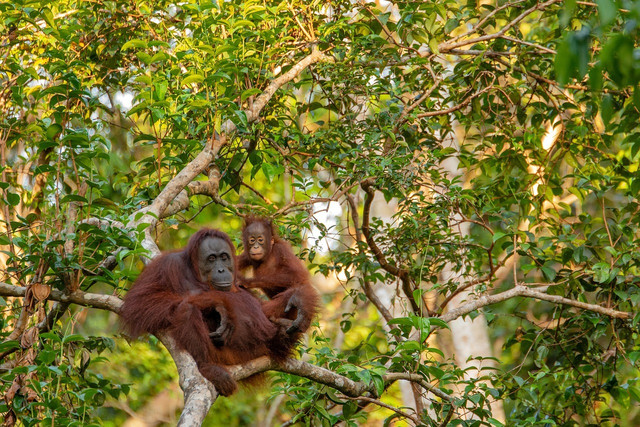


To reiterate, several controversies surround Garnier. But what is fact, and what is myth? How effective are these pledges really? Here’s what we know about some of the key issues surrounding their claims:
- Greenwashing: Garnier has been slated in the past for greenwashing, which is the practice of presenting false or misleading representations about a company’s environmental policies.
The pledge to switch to entirely renewable and biodegradable plant-based packaging by 2025 has been met with criticism from some quarters, for instance, who deem it unrealistic. Furthermore, L’Oréal has developed its own accreditation system, Solidarity Sourced, to evaluate and validate the self-proclaimed sustainability of its resources. Yet, this means little, if anything, in the real world.
- Ethical sourcing: Concerns have been raised about the ethical sourcing procedures of Garnier, namely in relation to the palm oil that is used in its products. L’Oréal admits to using thousands of tons of palm oil and palm oil derivatives annually.
The techniques used by the corporation to harvest palm oil have been accused by critics of contributing to the decimation of natural ecosystems and the killing of countless animals.
So, Is Garnier Cruelty-Free?
So where does this all leave us? Is Garnier cruelty-free and eco-friendly after all?
Garnier has taken steps to lessen the harm it causes to the environment, especially with regard to its use of animal experimentation, its packaging sustainability, and its water usage. Although some initiatives have been made, their efficacy is questionable, and the brand should do more to combat concerns, including the usage of toxic substances and carbon emissions.
However, greenwashing is a very real trend to be wary of in the modern age. Many companies have no qualms about twisting the narrative to mislead consumers. That’s why it’s up to each individual shopper to undertake their own due diligence by reading product packaging, labels and company stances to ensure that they are in line with their own ethics and beliefs.
Read more:
- Perrier, Häagen Dazs & Co: Brands You Didn’t Know Belong to Nestle
- Neither Nestlé nor Monsanto: This Is the Worst Company in the World
- Fair Trade vs. Fairtrade: Why It’s Not the Same Thing
Do you like this post?






